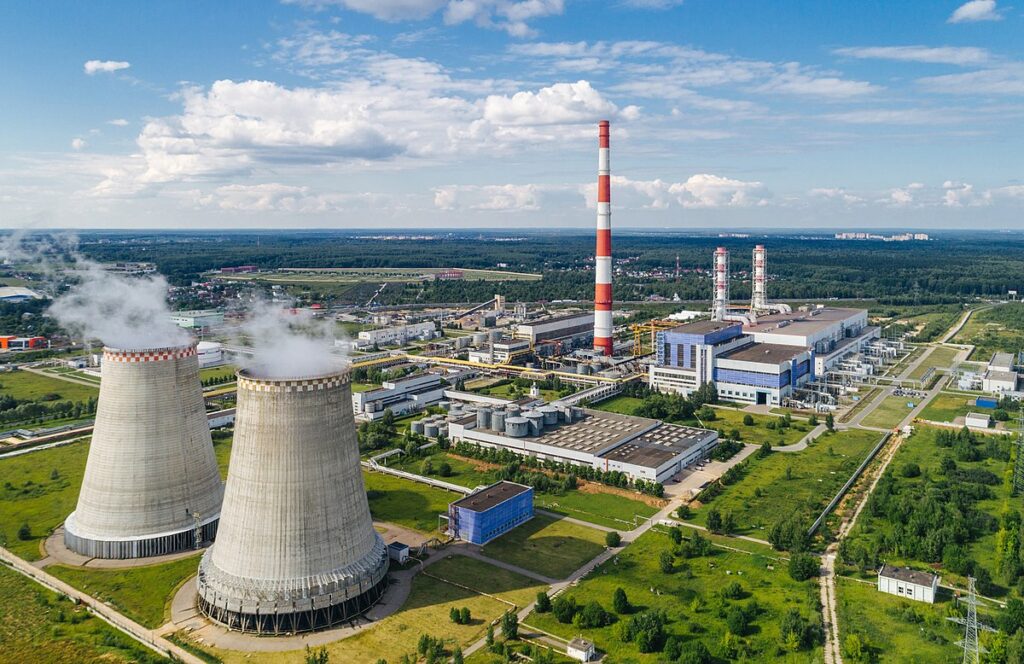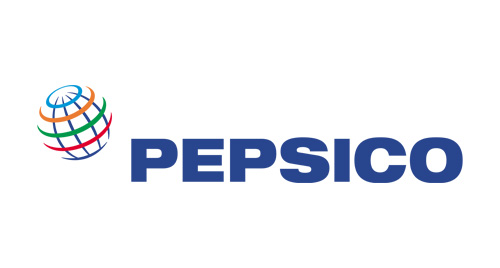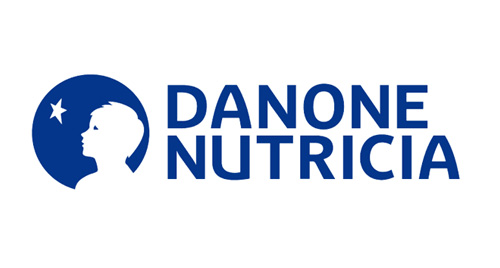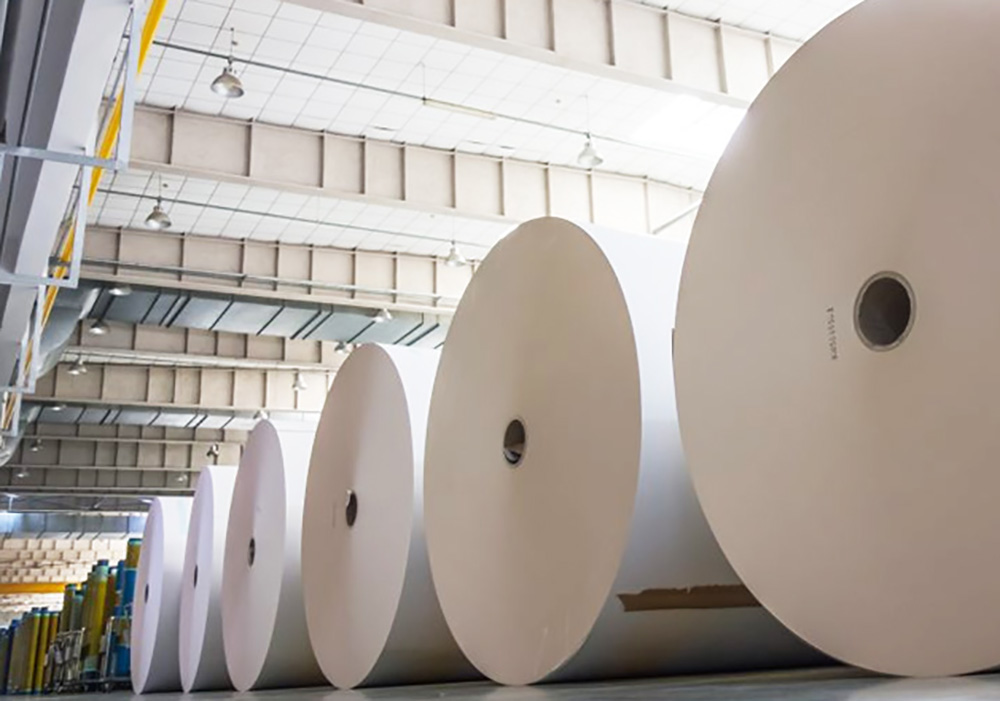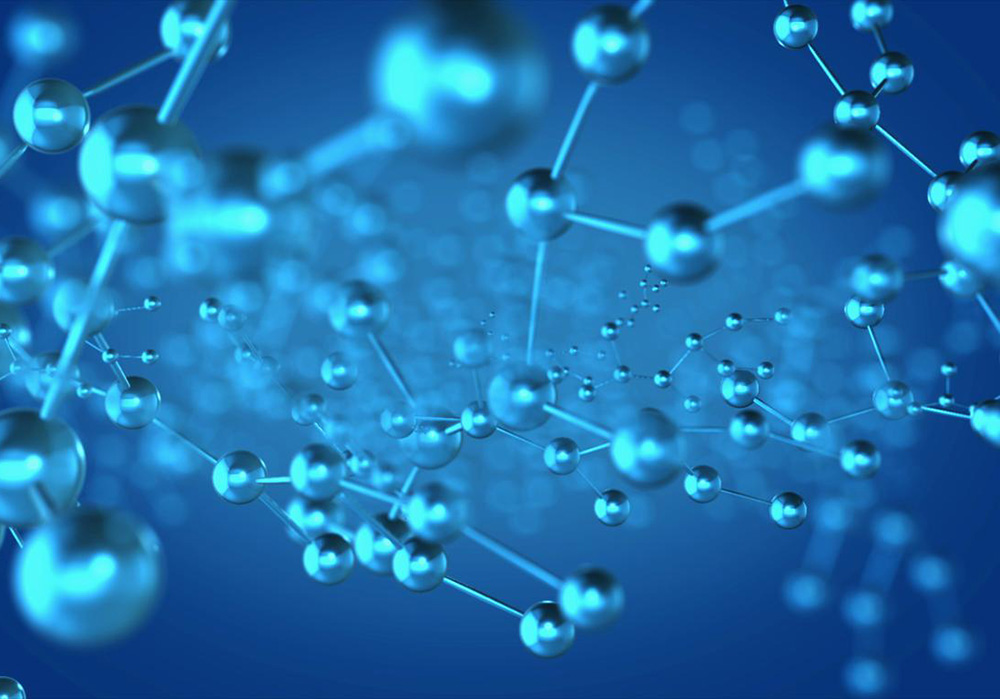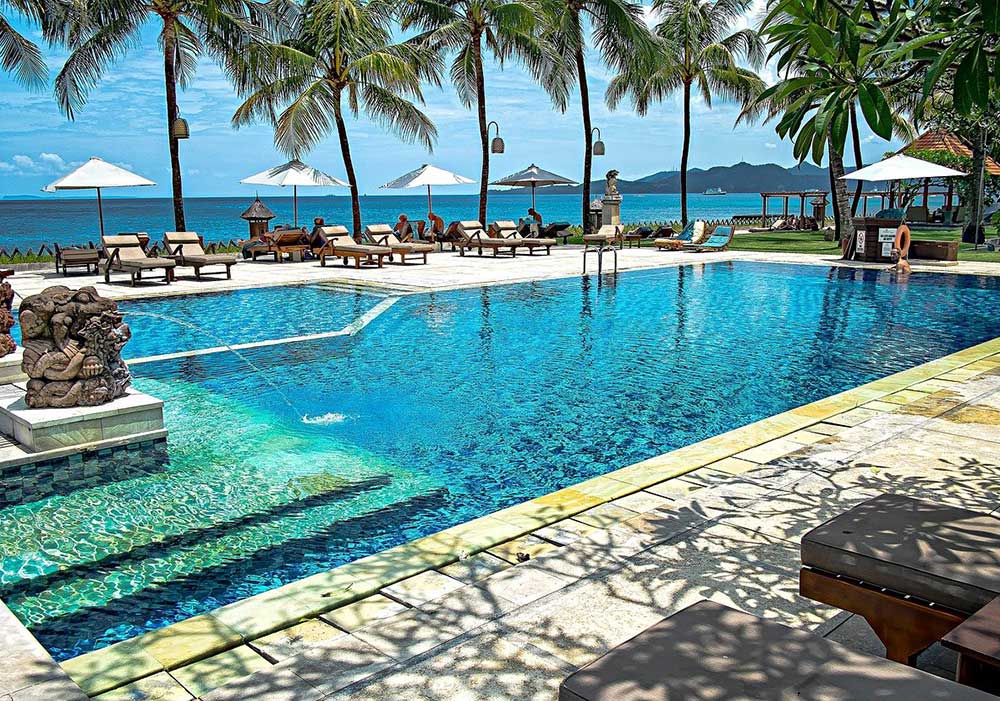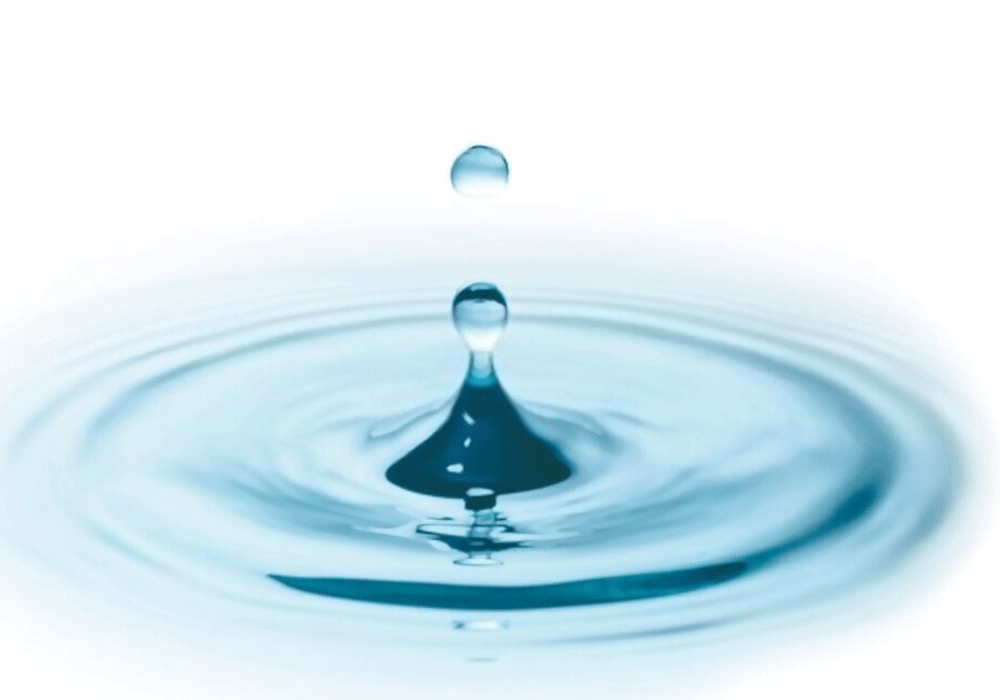- Home
- »
- Applications
- »
- Cooling Towers
Cooling Towers
Ozone has been applied to industrial cooling water systems all around the world with phenomenal success.
The result: improvement in operational efficiency due to increased heat transfer, reduced system corrosion, improved environmental impact and reduced on-going chemical expenditure
Cooling Tower systems are subject to biofouling problems as a result of microorganisms from the surrounding environment. The biofouling causes 3 major problems
- Creates non- turbulent regions for crystal development (scaling),
- Harbours anaerobic bacteria producing corrosion
- Harbours pathogens such as the bacterium legionella pneumophila.
Scale formation is due to the increasing concentration of hardness salts as a result of the recycling of salts present in the system make up water due to the evaporation of “pure” water from the cooling circuit.
They are also prone to corrosion due to corrosion factors and also microbiologically induced corrosion due to iron and sulphur bacteria present in the system.
For optimum performance of cooling towers the above problems must be minimized, the heat transfer surfaces maintained in a clean condition, corrosion controlled to maintain system integrity and microbial activity controlled to prevent the build-up of biofilm and proliferation of legionella bacterium.
Traditional methods that utilize chemicals and biocides which, in themselves, also present other problems of storage and handling and potential environmental impact issues.
Langelier Saturation Index (LSI) is basically the degree of scale forming potential of cooling water at varied cycles of concentration. To determine the highest pH at which calcium carbonate will not precipitate, the index uses the calcium concentration (PPM CaCO3), alkalinity concentration (PPM CaCO3), TDS, and temperature of the cycled-up cooling water.
Then the comparison is done between the highest pH and the real pH of the cooling system, which, if greater, will exhibit scale forming potential. To achieve the maximum cycles of concentration possible under the chemical treatment program, the scale inhibitors are controlled by system bleed and dosed to preserve calcium carbonate in solution at positive LSI (LSI of say +3 can be achieved).
In an ozone treated Cooling Tower the blow down is virtually zero and the cooling water is cycled up many more times, releasing calcium loss within the cooling system but also without the deposition of hardness scale on heat transfer surfaces. Calcium carbonate precipitates can be found in cooling tower sumps rather than on heat exchanger surfaces indicating the involvement of surface-active biopolymers. The probable explanation could be:
Oxidation products of biofilm and organic compounds act as chelating agents by forming bio-polymers, carboxylic acids and other organic compounds. Alginates, polysaccharides and other bio-polymers released are known to be surface active and may function as dispersants for suspended solids. This gives excellent corrosion inhibition within the cooling system probably due to the cathodic protection afforded by calcium carbonate. Thus the water conditions establish a non-corrosive environment.
With ozonation it is possible to operate at cycles of concentration up to even 18 compared to the normal of 5-6 under chemical treatment.
Very often ozone systems are considered very expensive when compared to the normal chemical treatment process. Ozonation provides the following benefits, not all of them can be readily quantified in terms of savings.
- Quantified savings
- Reduced blow down and savings in water
- Total chemical savings in most cases
- Reduced cost for treating blow down water for discharge. ( Environmental impact)
- Reduced cost for pretreatment of make-up water. ( Disinfection)
- Lower break down costs
- Lower maintenance costs.
- Unquantified Savings:
- Lower cooling water temperature -More efficient Heat transfer – Reduced power costs.
- Lower condenser operating pressures –
- Longer life of cooling Towers
- Reduces incidence of Legionella infections – Social obligations.
- No inventory costs of chemicals and associated administrative cost



